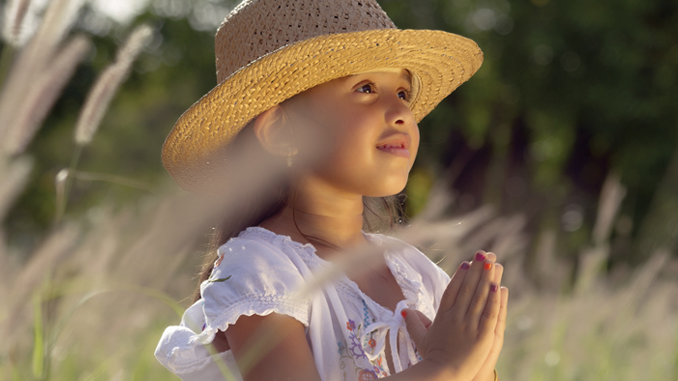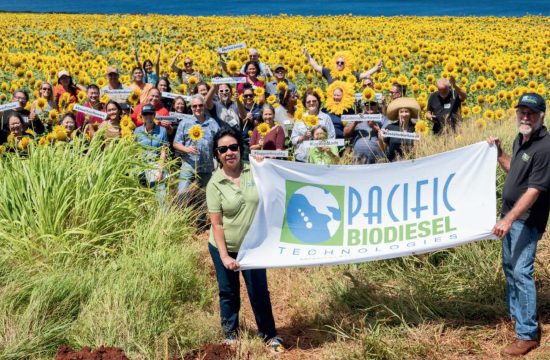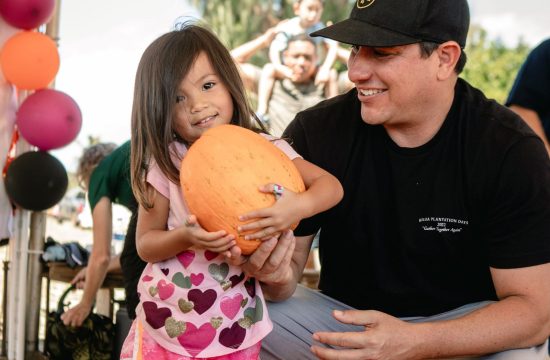
Pediatrician KVMH Waimea, alumnus Saint Theresa School
One of the first things we teach children to say is, “Please… “ and “Thank you!” What we are really trying to teach them is gratitude, in which children show appreciation and not take things for granted. However, we should aim to move beyond just saying please and thank you, so that there is meaning behind the words. Learning to be grateful can build childrens’ relationships, teach them to empathize, and improve their overall happiness. Here are some tips to teaching children the importance of gratitude.
Set an example. Kids learn by watching their parents, so offering a genuine “Thank you” to others will teach them to do the same. Remember to also say “Thank you” to your children when they are being helpful, even if it is routine chores like putting away their toys. This reinforces the behavior and shows appreciation for them.
Discuss feelings. Younger children may have trouble understanding the emotional side of gratitude. Sit down and ask them how they feel when someone says thank you to them for doing something nice, or how they feel if they don’t. Discussing feelings will help them understand how their behavior affects others.
Find people to show appreciation. Ask your child about people who help them, whether it is a coach, neighbor, fireman, or teacher. Then come up with a fun way to show appreciation, such a baking cookies or cupcakes and giving it to them. It’s not only fun, but helps children realize how we are all connected.
Here on Kauai, we can easily take things for granted. Living in paradise with great weather and friendly communities can shield us from a world perspective.
Put things into perspective. Here on Kauai, we can easily take things for granted. Living in paradise with great weather and friendly communities can shield us from a world perspective. However, talk to your children when you come across someone who is sickly or someone who is homeless. By understanding that not everyone has the same advantages will help develop compassion for others and gratitude for what they have.
Review how things are made. In addition to being thankful for their clothes, or toys, or food, talk to your children about all the people involved in its production. For example, farmers work hard to grow and harvest the food. Then someone cleans and boxes it. A truck driver delivers it, and a grocer organizes and sells it. Mom and dad work hard to earn money to buy it, and finally, someone has to cook it. This not only teaches them a little about how the world works, but to be thankful to the many different people involved.
Don’t forget to ask “Why?”. In addition to asking what they are thankful for, be sure to also ask why. A house keeps them warm at night, food helps them grow big and strong. If they are having a hard time, give them an example, “I’m thankful for this dress your aunty gave me. She was thinking about me, and knew this was my favorite color, and it reminds me that she loves me.”
Make gratitude a part of bedtime. When tucking your child in at bedtime, ask your child to name three things they are thankful for. Make sure you have them name three new things each night. If they are having a hard time coming up with things, drop hints to guide them.
Recognize thankfulness in other forms. Not all children express their thanks by saying thank you. Keep an eye out for a hug, or a thumbs up, or even something as simple as a smile. Then remind them, “Are you smiling because you are thankful for the toy you got?” They might be thankful but not even know it.








